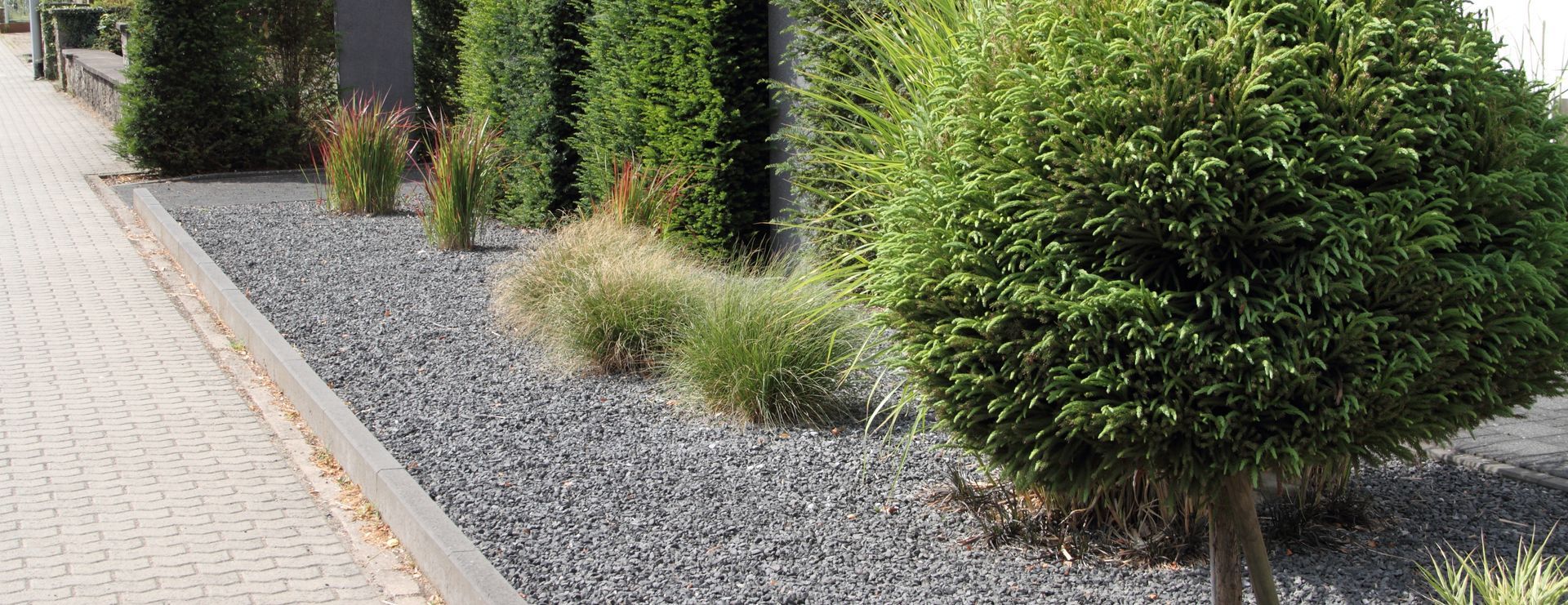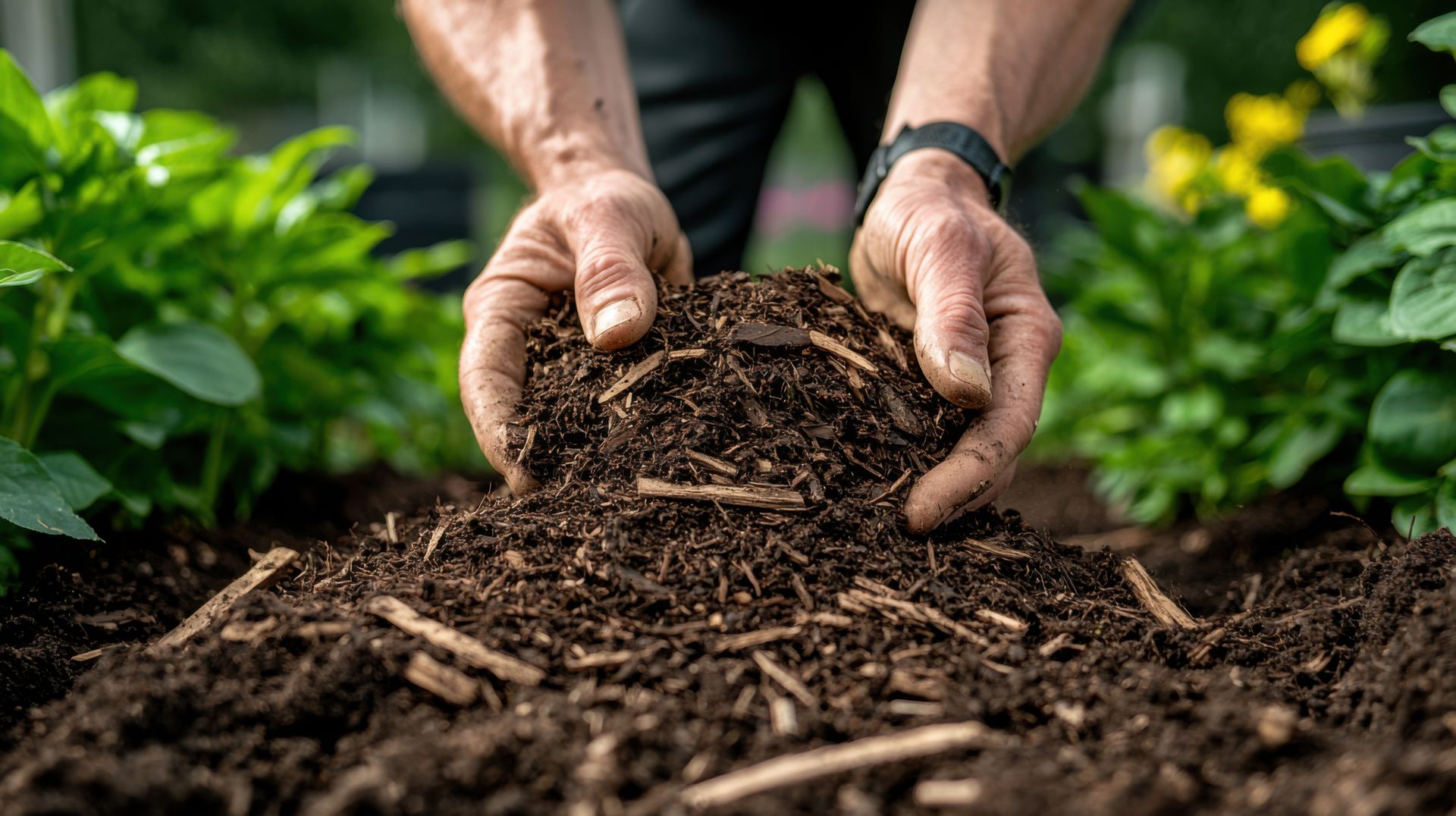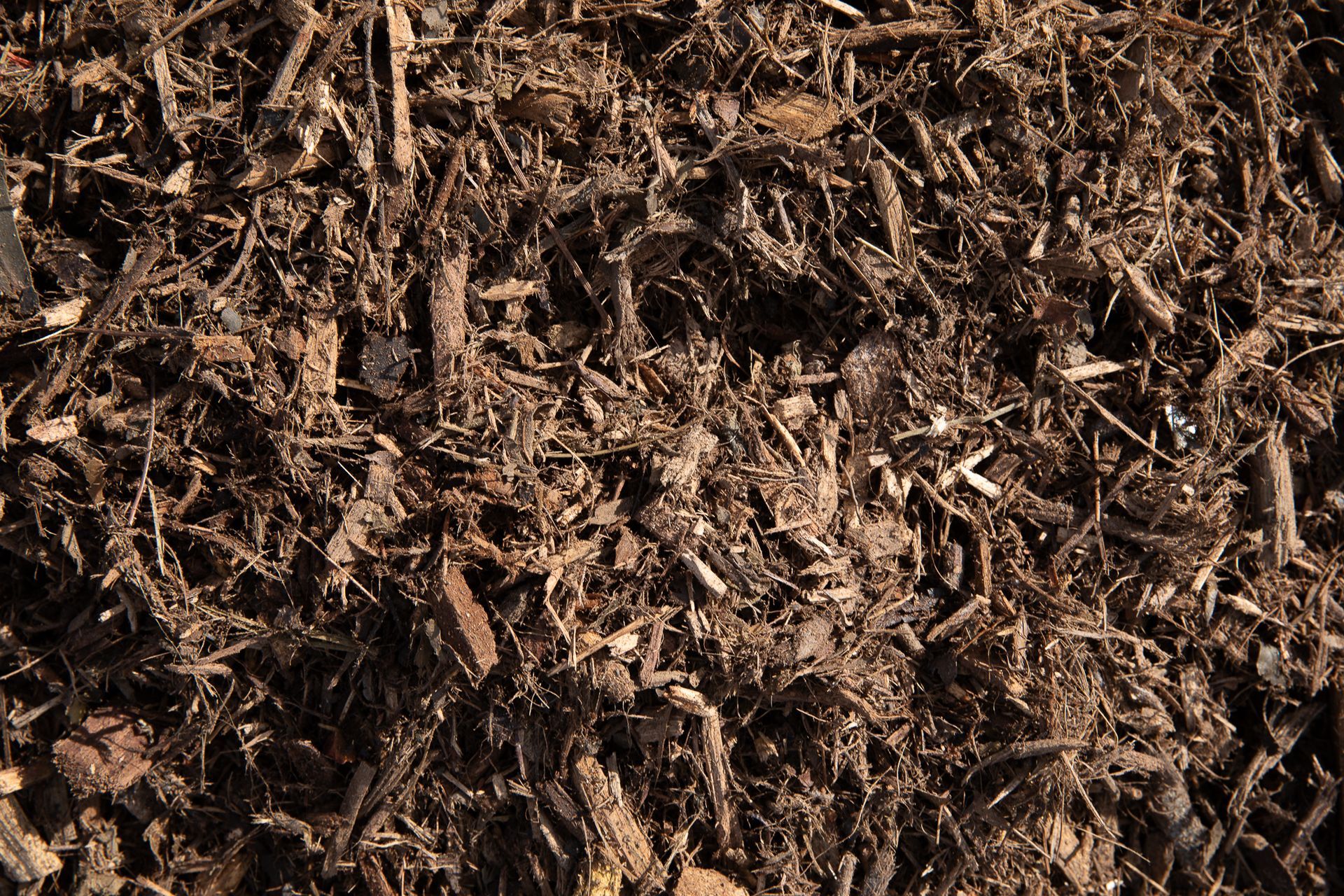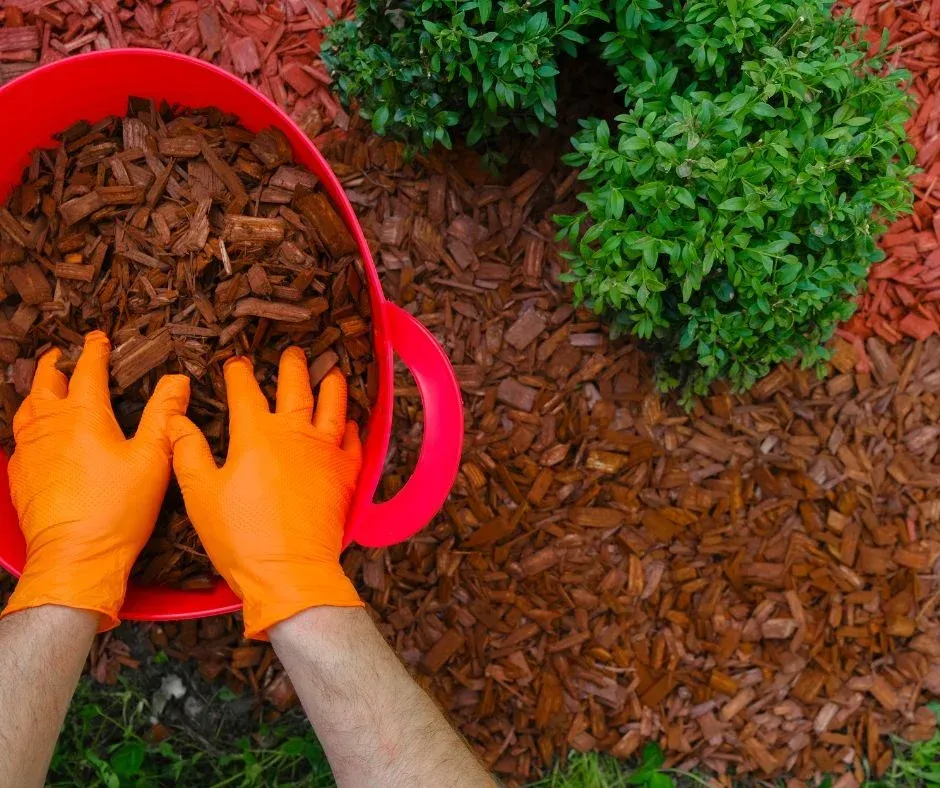The Vital Role of Soil in Carbon Sequestration

Soil, often overlooked beneath our feet, plays a pivotal role in the global carbon cycle and combating climate change. As the world grapples with escalating greenhouse gas emissions, understanding the importance of soil in carbon sequestration has become increasingly crucial.
Carbon sequestration is the process by which carbon dioxide (CO2) is removed from the atmosphere and stored in long-term carbon sinks. Soil serves as one of the largest terrestrial carbon sinks, capable of storing vast amounts of carbon through various mechanisms.
Firstly, soil organic matter (SOM) acts as a reservoir for carbon. When plants photosynthesize, they absorb CO2 from the atmosphere and convert it into organic carbon compounds through photosynthesis. When these plants die, their organic matter is incorporated into the soil. This organic matter can persist for years, even centuries, depending on environmental conditions, effectively locking away carbon from the atmosphere.
Furthermore, soil microbes play a crucial role in carbon sequestration. Microorganisms such as bacteria and fungi decompose organic matter, releasing carbon dioxide back into the atmosphere through respiration. However, a significant portion of organic carbon is transformed into stable forms by microbes and protected from decomposition. This process, known as microbial carbon stabilization, contributes to long-term carbon storage in soils.
Soil structure also influences carbon sequestration. Aggregates formed by soil particles, roots, and organic matter create microenvironments where carbon can be physically protected from decomposition. Additionally, certain soil minerals have the capacity to chemically bind carbon, further enhancing carbon storage in soils.
Moreover, land management practices can significantly impact soil carbon sequestration. Sustainable agricultural practices such as conservation tillage, cover cropping, and agroforestry promote the accumulation of organic matter in soils, thereby enhancing carbon sequestration potential. Similarly, afforestation and reforestation efforts contribute to carbon sequestration by increasing vegetation cover and promoting soil carbon accumulation in forest ecosystems.
Recognizing the importance of soil in carbon sequestration has profound implications for climate change mitigation strategies. Enhancing soil carbon stocks through sustainable land management practices not only mitigates CO2 emissions but also improves soil fertility, water retention, and resilience to environmental stresses.
Soil represents a critical component of the global carbon cycle, serving as a significant carbon sink and playing a vital role in mitigating climate change. By implementing sustainable land management practices and preserving soil health, we can harness the potential of soil in carbon sequestration and contribute to building a more sustainable future.











